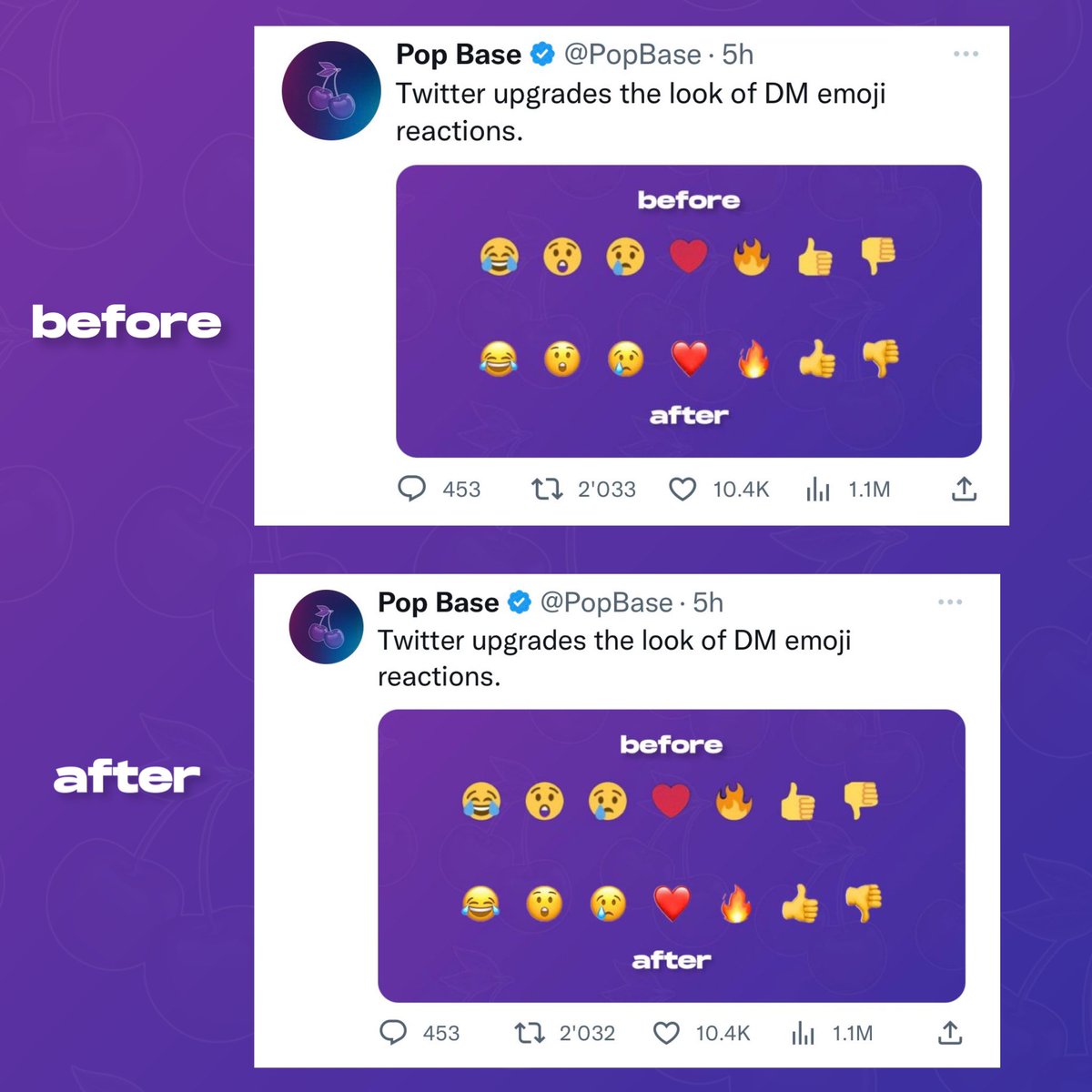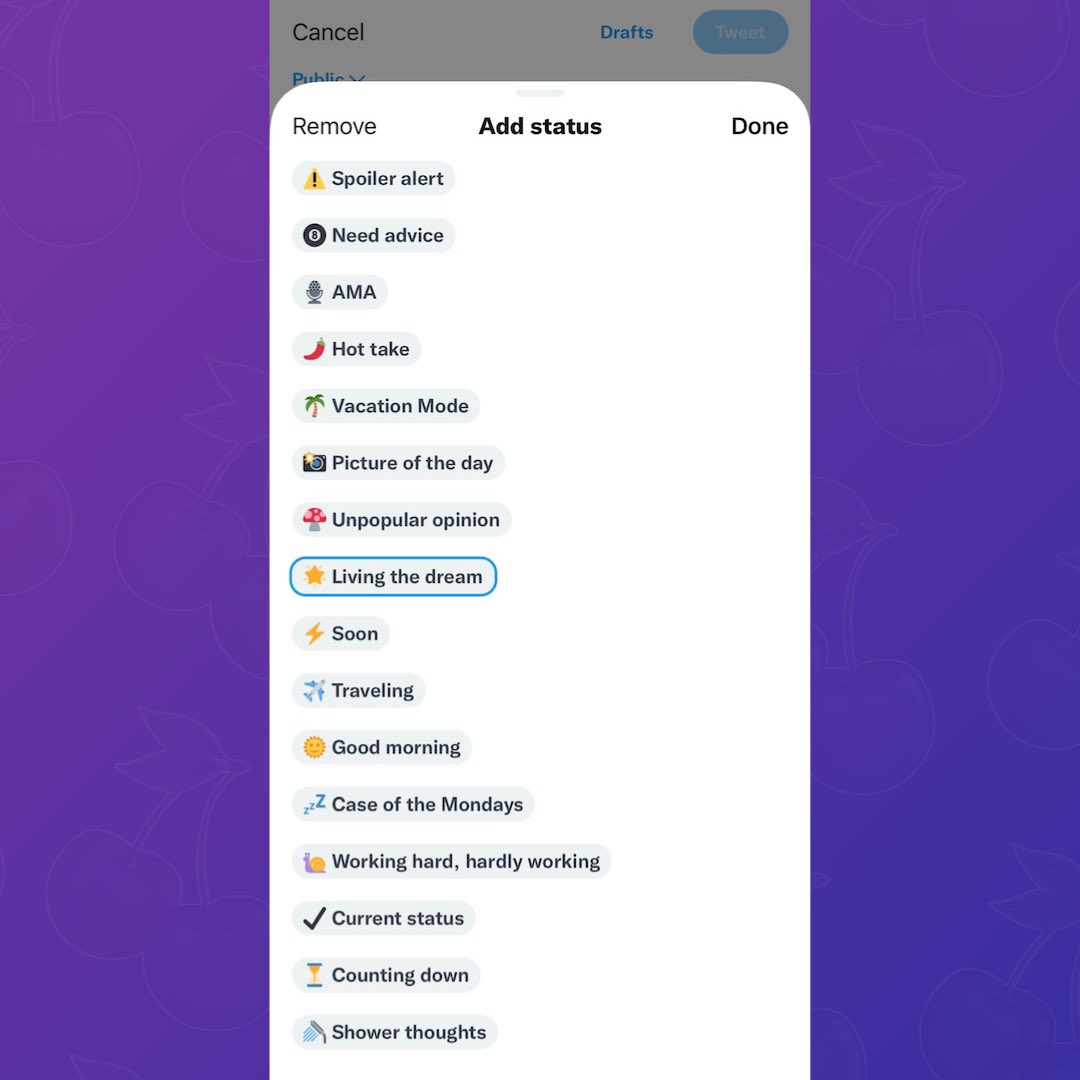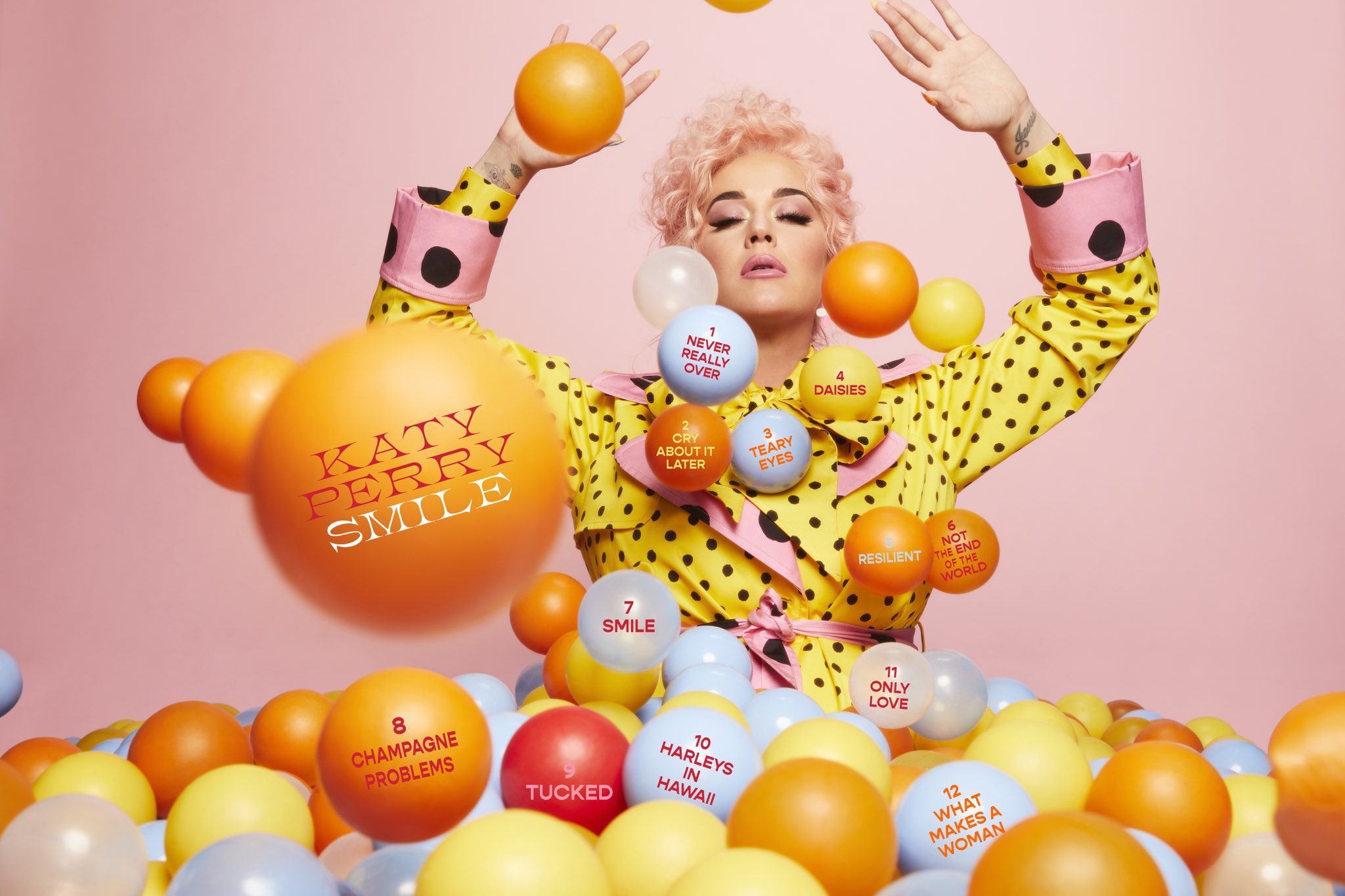Pop Base Twitter - Understanding Content Flow
On social platforms, ideas and conversations often appear and disappear quite quickly, almost like a flash. There's a constant stream of new things showing up, and older things moving out of immediate sight. It's a really interesting way information gets shared, with some bits getting a lot of attention for a short while before others take their place. You see, this rapid movement shapes how we all interact with what's being said and what's trending.
Thinking about a place like Twitter, or what some might call "pop base twitter," you can really feel this happening. Messages and thoughts come and go, with the newest ones often getting noticed first. It's a bit like a lively conversation where everyone wants to share their latest thought, and as new thoughts come in, the older ones just naturally fade a little from the front of your mind. This constant ebb and flow keeps things fresh, yet it can also mean that something important might just slip away if you are not looking right then.
The way content moves on "pop base twitter" actually shares some qualities with how certain operations work in the background of many systems. There's a concept, you know, where things are taken from a collection, and that action often brings something back to you. It's about the very act of something being brought forth, or removed, and what that action yields. This idea of "popping" elements, whether it's the latest tweet appearing or an old one being pushed down, helps us think about how information behaves in these quick-moving digital spaces.
Table of Contents
- What is the "Pop" in Pop Base Twitter?
- The Flow of Information on Pop Base Twitter
- When Content Pops, What Do We Get Back?
- Stashing Ideas on Pop Base Twitter
What is the "Pop" in Pop Base Twitter?
When we talk about "pop" in the context of "pop base twitter," we are really getting at the idea of something being taken from a collection, or perhaps making a sudden appearance. Think of it like a stack of papers, you know, where the paper you put on top last is the one you would probably pick up first. This is a bit like how a list or a stack works in some systems, where the very last thing that goes in is the first one that comes out. So, when a new message or idea comes into the stream on "pop base twitter," it tends to be the one that is right there at the top, ready for people to see. It is almost as if it "pops" to the front.
This concept of "popping" is not just about something appearing; it is also about something being removed. When you use a certain command in programming, for instance, to "pop" an item, it takes away the most recent addition from your list. However, if you tell it to "pop(0)," it actually removes the very first item that was added to the list. So, on "pop base twitter," this could mean that the most recent thoughts get the immediate attention and then might be quickly replaced, or that sometimes, older ideas get pushed out of view as new ones arrive. It is a system that, in a way, keeps the most current conversations right there for you to see.
How does content pop in Pop Base Twitter?
The way content "pops" on "pop base twitter" is really about how messages move through the platform. Imagine a constant flow of thoughts and updates. When someone shares something new, that piece of content tends to show up at the top of many people's feeds, at least for a little while. This is the immediate "pop" – the sudden visibility that comes with being the newest item. Then, as more and more new messages are shared, your original message gets pushed down, almost like it is "popping" off the top of the stack and settling lower down. It is a very dynamic process, you know, always shifting.
Sometimes, a message might "pop" in

Pop Base on Twitter: "Twitter is introducing a smaller profile picture

Pop Base on Twitter: "RT @PopBase: Twitter introduces a status feature."

Pop Base on Twitter: "In honor of Smile’s second anniversary, what are